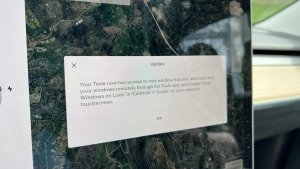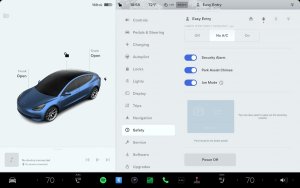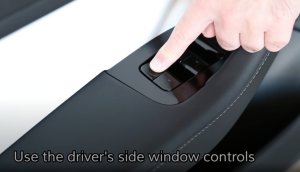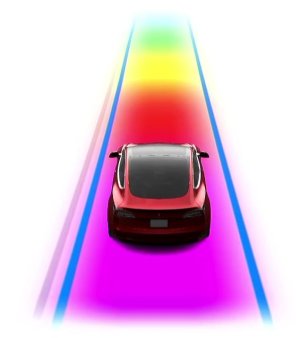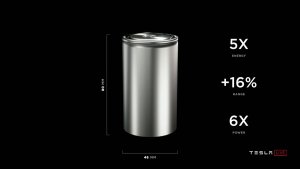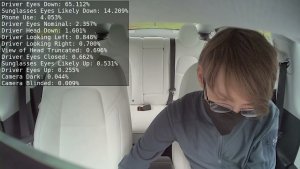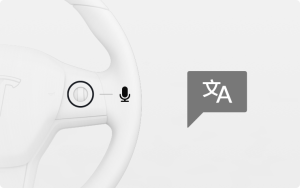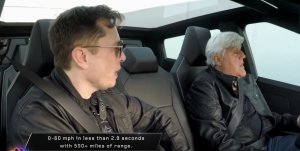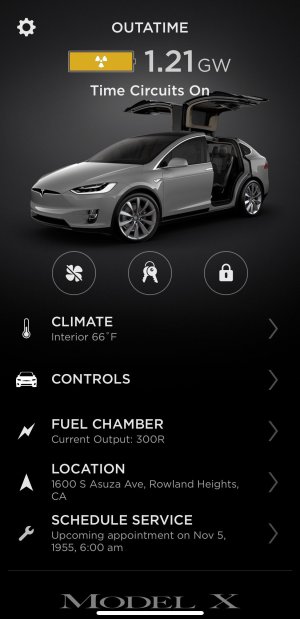Tesla's Model Y Juniper Refresh: What to Expect & Wishlist

With more images of the Model Y Refresh – codename Juniper – making their way onto the internet, it’s a good chance to build a little wishlist of features and upgrades we’d love to see on the refreshed Model Y.
We’ll keep it simple to start, and list some of the features we fully expect on the refreshed Model Y.
Bumper Camera
The bumper camera is already on the Cybertruck, expected to be on the Model S and Model X, and we’ve seen a covered-up Model Y with a bumper camera already. At this point, we’re fully expecting this feature.
It’ll certainly be useful when parking and it’ll be extra useful for those who want to overland or off-road their Model Ys.
Adaptive Suspension
The refreshed Model 3 Highland arrived with frequency-selective damping, softer springs, and an overall smoother ride. In addition, these options are somewhat tuneable in the Dynamics vehicle menu. We’re hoping to see the same, or perhaps even more improvements on this front for the Juniper.
Updated Steering Wheel
Like the Model 3, we expect the gear stalks to be removed from the Model Y in the Juniper refresh. Hopefully, we can even get a squircle steering wheel option like the Cybertruck.
Rear Screen
The Highland 3 brought an 8” rear screen to all variants – we’re fully expecting this to show up in the refreshed Y as well. The addition of the rear screen adds very little cost for Tesla since the screen is powered by the same computer that powers the infotainment system up front, but it adds a ton of value for customers. In turn, it likely increases the take rate of Premium Connectivity since it allows rear passengers to watch YouTube, Netflix and more while driving.
Ambient Lighting
The leaked Model Y images that came out recently confirmed that the Juniper Y has ambient lighting – and even better than the retrofit ambient lighting offered in China. These ambient lighting strips will extend onto the front doors. We’re always happy to see interior upgrades, especially improvements to the ambient lighting. Ambient lighting is something we’ll see Tesla continue to improve as we saw with update 2024.26 where owners can now adjust the brightness of the lights and choose whether they come on during the day or only at night.
Ventilated Seats
The same leak earlier late last month also confirmed that the Model Y will have ventilated seats, just like the refreshed Model 3. These were previously a Model S and Model X feature, but this helps to really cement Tesla’s luxurious interiors as industry-leading.
Rear Lightbar
We also saw a brand-new rear lightbar on the back of the leaked Model Y, and it looks pretty cool. Tesla appears to be switching back to the written branding on the rear of the vehicle, rather than just the simple, but deep Tesla logo.
Improved Speakers
The Model 3’s refresh also improved the speaker system – bringing it up from 14 speakers to 17. We’d love to see the same improvements to the Model Y, especially since Tesla takes such care in engineering their audio systems.
Wishlist
Now, let’s get into some of the features we’re hoping make it into the Juniper Model Y. Some of these might be reaching a tad far, but that’s what wishlists are for.
Increased Range
While the Model 3 did get a range increase in its refresh, we’d hope to see something similar here, with a better drag coefficient and overall better range bringing us to a 10% increase. 350mi (550km) would be the ideal range for the Long-Range Dual Motor variant.
Structural 4680 Battery
Tesla has been working on their 4680 cells recently, with the first dry-cathode Cybertruck prototype roaming Giga Texas. Tesla also announced that their dry-cathode 4680 process will begin mass production in late 2024, and a structural 4680 on the new cell could further improve the Model Y as one of the safest vehicles on the road, while also driving down its cost to manufacture.
Better Performance Model
Faster. Runs Cooler. Better Brakes. Ludicrous Seats. A better performance variant of the Model Y is likely in the works, given the improvements to the Model 3 “Ludicrous”. We’d love to see all these features come to the future Model Y performance trim. We’re probably going to have to wait a bit longer for this one, just like the Model 3.
Air Suspension
Tesla’s amazing air suspension features have also been limited to just the Model S and Model X. This is an expensive package, so we don’t expect this to arrive on the refreshed Y, which is made more as a mass-market vehicle. However, even a scaled-down or simplified air suspension would be an amazing improvement to the Model Y, especially as a premium SUV.
Tiltable Center Screen
The Model Y is the vehicle for families. And what better way to amuse or anger your passenger than tilting your screen towards you? Well, a tiltable center screen would be a slick upgrade, again previously constrained to the Model S and Model X. Many people, including the author, use a tilting center screen mod, and Tesla making it OEM would be a nice addition.
Better Charging Pads
Tesla’s wireless charging pads for its phones are… OK at best. At worst, they can get hot enough to cook you a meal, and this is especially bad with Apple devices. We’d love to see Tesla bring some improvements to its cell phone chargers and make them faster too — possibly with some integrated cooling. Most cell phones support at least 30w wireless charging today, and Tesla’s wireless charging pads aren’t exactly fast.
Steam Gaming Support
While Tesla has slowly snubbed Steam Gaming support, we’d like to see this feature make a come back to Tesla vehicles. Steam Support has previously been offered only on the Model S and Model X, but it would be perfect for the Model Y – the quintessential family EV. Tesla doesn’t necessarily need the horsepower that was in the discreet GPU of the Model S and X, but just the ability to play some Steam would be a great addition.
AI5
Given that Elon Musk just recently confirmed that AI5 is about 18 months out from mass production, there is a very good chance that the Juniper Model Y could launch alongside the official debut of the new AI5 hardware. That would be an exceptional way for Tesla to debut their new FSD hardware, right alongside the refreshed best-selling vehicle in the world.
Automatic Doors
This is a more premium feature suited for the Model S and Model X, just like Steam gaming support, but we’d love to see automatic front doors or automatic door handles on the refreshed Model Y.
Many other vehicle brands have similar auto-door features at the same price level, so it would be pretty cool to flex Tesla’s fantastic vision tech and have the doors open when the vehicle arrives after being Actually Smart Summoned to you.
48V Architecture
The Cybertruck brought 48V architecture to a vehicle for the first time. While the Model 3 Refresh was likely going on behind the scenes at the same time, 48V is now tried and tested. The Model Y Juniper offers Tesla the ideal chance to bring a 48V architecture to mass-market vehicles for the first time, and the cost savings will be huge.
Faster Supercharging & Wireless Charging
We’d love to see faster Supercharging because of better vehicle architecture and batteries, but we’d also love to see Wireless Charging. Tesla purchased Wiferion and kept its engineers to develop an in-house solution – which we expect to see on 10/10 with the Robotaxi event. Let’s hope they bring that wireless charging solution to the Model Y too.
Better 7-Seat Variant
The 7-seat variant in the Model Y is fairly cramped and takes up a lot of cargo room even when the seats are down. We’re sure Tesla can work some engineering magic and bring out some more space to help expand the rear seat legroom.
Steer-by-Wire
The Cybertruck was the steer-by-wire testbed, and it only makes sense that this same technology starts getting used on every single Tesla vehicle. Just like the 48V architecture, this likely didn’t make it in time for the Model 3 Highland, but the Model Y Juniper will offer a mass-production platform for steer-by-wire.
Starlink Integration
This one has been asked for really often – Starlink integration for Tesla vehicles. There’s no reason not to have it – except for the cost of the hardware. Starlink integration would be far more reliable than cellular and could be used globally. If you’re out camping with your Model Y Air Mattress, you’d appreciate some built-in Starlink too. A cellular connection would need to remain in place for when the vehicle doesn’t have a clear view of the sky, but this would certainly be a nice add-on.
Smart Electro-Optical Glass
Back in 2019, Tesla filed a patent for an “electro-optical” sunroof. This is pretty much a touch-button sunroof that activates or deactivates a tint but with a smart twist. Tesla’s version of this, which was included in the patent, could automatically adjust how much light is let in. It could also provide more light at night with a built-in LED layer.
Cyber-Y
Ok, put down the pitchforks and hear me out. Cyber. Y.
We already know the Model Y will likely not become angular and metal, but getting some Cybertruck-style vibes would be pretty cool – lightbar in the front, with wicked-cool Cyber styling throughout the interior.
Tesla’s Model Y refresh isn’t expected at least until early 2025, but as leaks and renderings start flowing, it’s hard not to get excited.
Now, we’re sure you’ve all got more ideas – so come and discuss them in our forum.











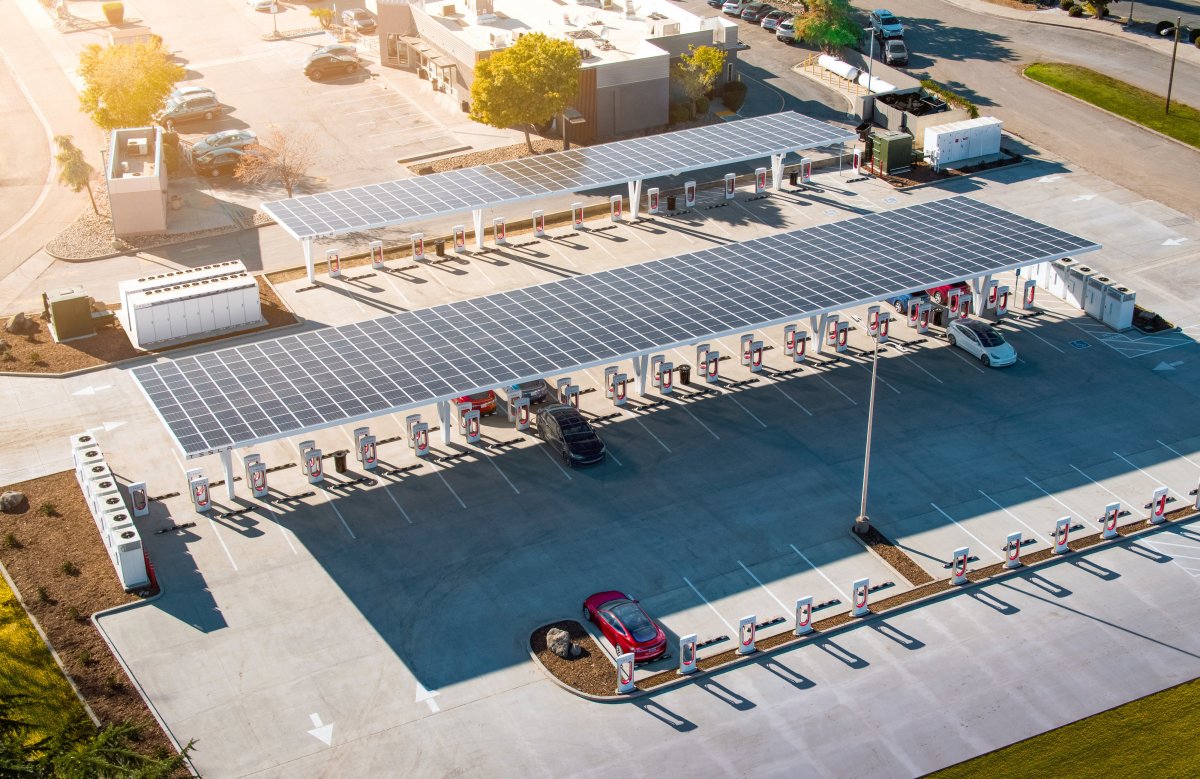
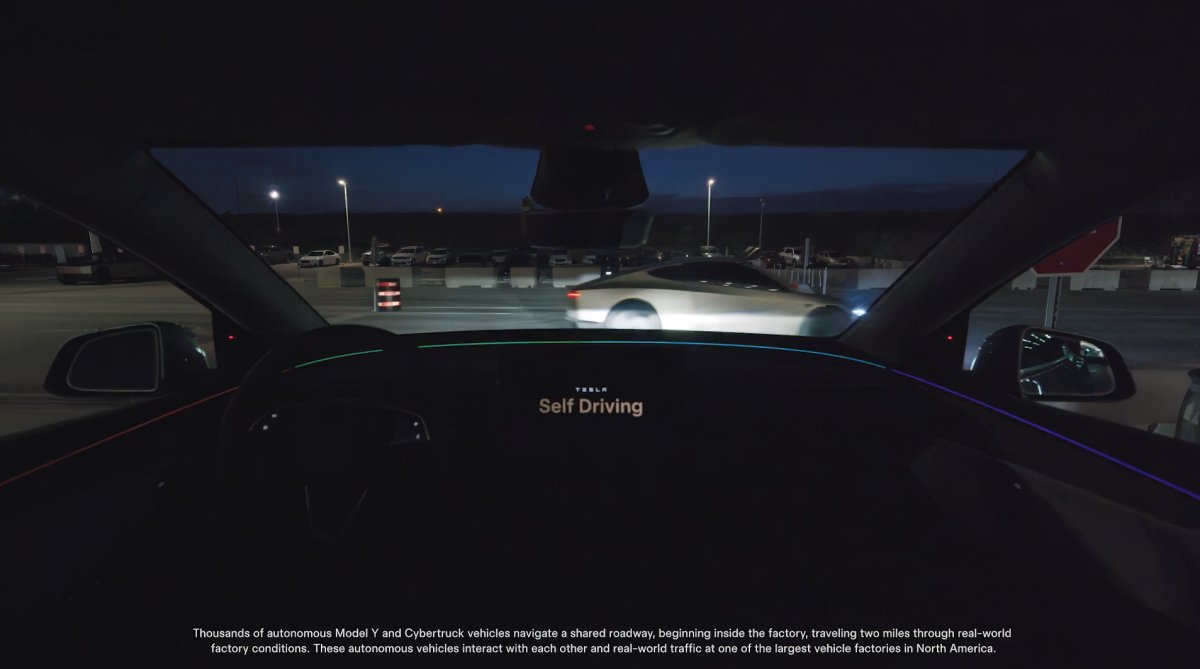
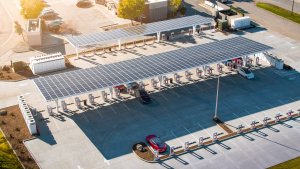

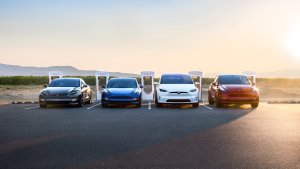
![Tesla’s Missing Voice: Why a PR Team Matters More Than Ever [Opinion]](https://www.notateslaapp.com/img/containers/article_images/multiple-models/group_93.jpg/4e1056961f0480c7b9eff43dd2ec288e/group_93.jpg)

